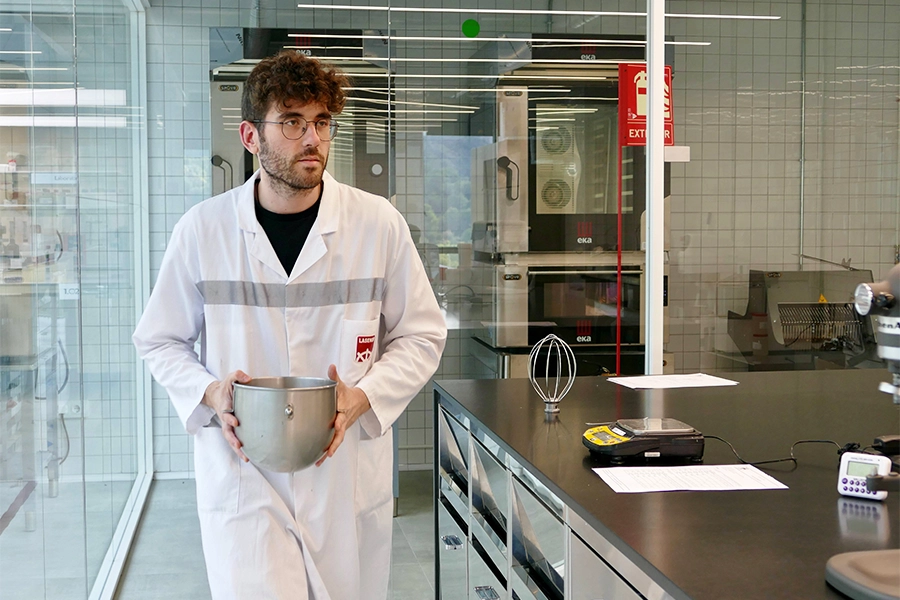

Biosafe Oy study reveals key analytical, regulatory, and manufacturing needs shaping the future of cell-cultivated foods
The cell-based food sector is rapidly advancing from proof-of-concept to early commercialization, creating new demands for robust analytics and regulatory clarity. A recent project led by Biosafe Oy in Finland, under the direction of Dr Vesa Turkki, set out to map these evolving needs through in-depth interviews with industry stakeholders and analysis of global regulatory dossiers. The initiative highlights the increasing urgency for harmonized standards, validated methodologies, and cross-sector collaboration to ensure product safety, quality, and consumer trust.
Between March and August 2025, Biosafe engaged with 52 organizations and conducted detailed interviews with 25 experts from 17 companies and institutions, most of which were early-stage cell-based food or cell line developers based in Europe. The findings reveal a highly diverse sector – spanning cultivated meat, seafood, and functional cell-based ingredients – where startups are balancing innovation speed with the complex demands of food regulation.
Cell-based food manufacturing typically begins with biomedical-style processes before scaling toward food-grade operations. Transparency in media components and processing aids is critical, especially in the European Union, where regulatory frameworks demand full disclosure. As a result, residual analysis – testing for traces of growth factors, antibiotics, and other inputs – has become a central focus of safety validation.
Cell line sourcing and design choices are also evolving. Companies most frequently work with avian, bovine, and porcine cells due to their market relevance. Non-GMO lines are preferred in Europe, reflecting both consumer sentiment and current regulatory expectations. A two-tier cell banking system, comprising Master and Working Cell Banks, is becoming standard practice, ensuring identity, sterility, and stability throughout production.
The study found that analytical testing in the cultivated food sector draws heavily from both the pharma/biotech and food industries. Common tools include PCR for genetic identity and contamination testing, HPLC for amino acid and antibiotic quantification, mass spectrometry for residual factor and metabolomic analysis, and ELISA and flow cytometry for cell characterization.
Next-generation sequencing and cytogenetic techniques are being applied to verify genetic stability and monitor microbiome interactions. However, one of the biggest operational challenges remains sample volume – early-stage producers often work with limited material, driving demand for miniaturized, multiplexed assay formats. As production scales, the emphasis will shift from adaptability to validation and standardization.
Every company consulted by Biosafe reported outsourcing at least part of its analytical work to contract research organizations (CROs). These partnerships are increasingly strategic, with expectations extending beyond testing to include regulatory alignment, dossier preparation, and consulting. CROs are being called on to provide cost-effective solutions that meet the varied requirements of authorities such as EFSA (EU), FDA (US), and SFA (Singapore).
“Early-stage developers need analytical partners who not only understand the science, but also the regulatory logic behind it,” Dr Turkki noted. “This is essential for building confidence among both regulators and consumers.”
Biosafe’s recommendations to analytical providers include offering transparent assay menus linked to regulatory milestones, developing low-input, high-sensitivity methods for R&D phases, and integrating bioinformatics for identity, allergenicity, and stability testing. Equally important is maintaining open validation practices – ensuring that analytical results are ready for direct inclusion in regulatory dossiers.
As the cultivated meat and cell-based food industry matures, collaboration between producers, CROs, and regulators will be critical. The report concludes that analytics is not just a compliance requirement but a core enabler of commercial success.
“At Biosafe, we see analytics as the bridge between innovation and market access,” said Turkki. “Our goal is to help cultivated meat innovators navigate regulatory complexity with confidence, ensuring that products are safe, credible, and ready for the global market.”
The white paper, Mapping the Cell-Based Food Sector: Cultivated Meat and Beyond, is available from Biosafe Oy and provides further insights into the technical and regulatory frameworks shaping this rapidly emerging field.
If you have any questions or would like to get in touch with us, please email info@futureofproteinproduction.com






